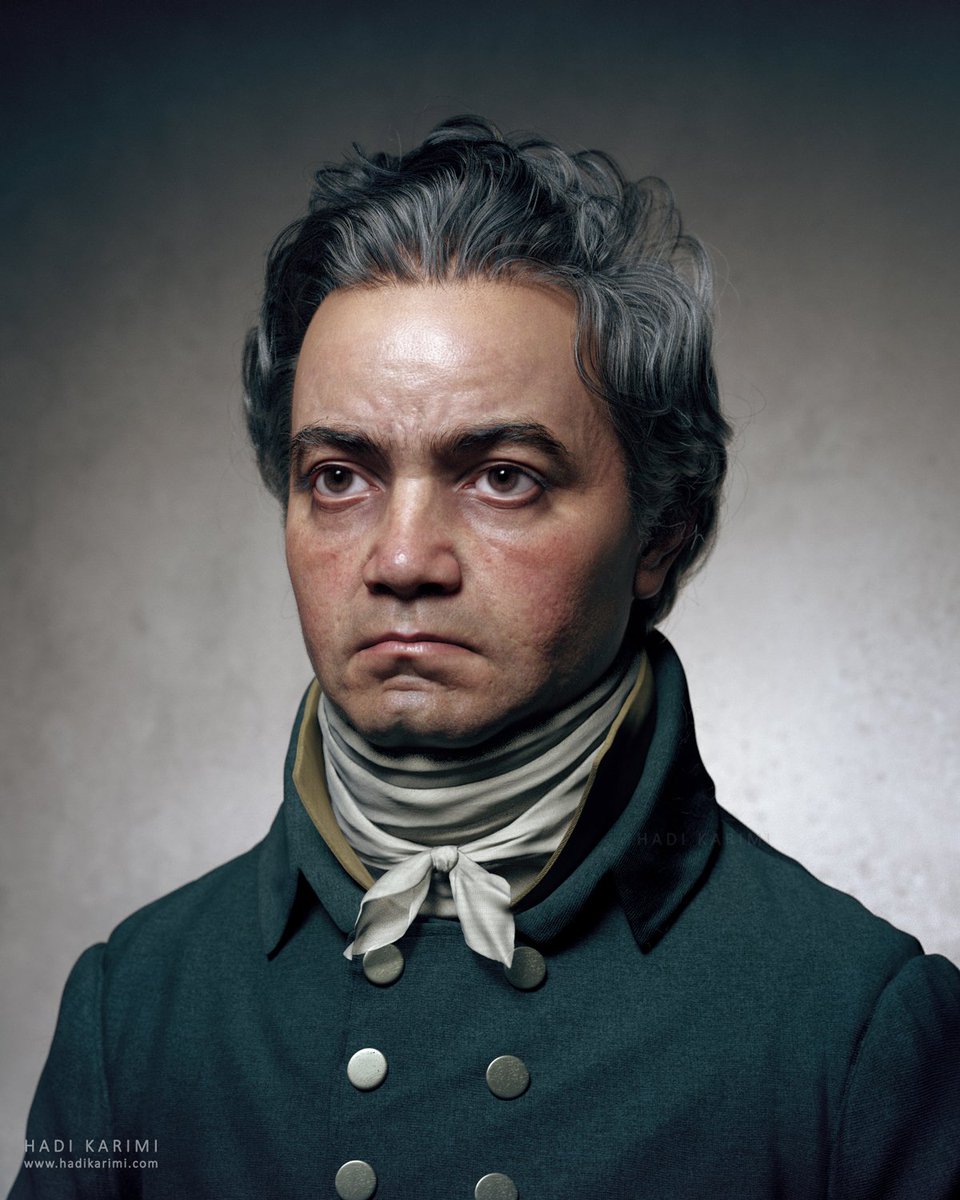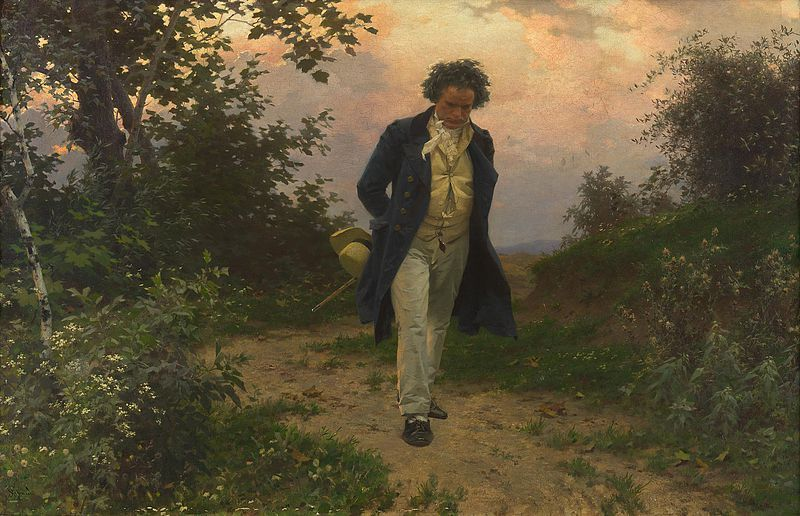
1808 State: A Thread
1/ Why not recreate the legendary Akademie concert held #OnThisDay in 1808, by turning off your heating and listening to 4 hours of badly-played Beethoven in the freezing cold?
Here's (nearly) all the music heard that night.
⬇️⬇️⬇️

1/ Why not recreate the legendary Akademie concert held #OnThisDay in 1808, by turning off your heating and listening to 4 hours of badly-played Beethoven in the freezing cold?
Here's (nearly) all the music heard that night.
⬇️⬇️⬇️


2/ The evening began with the premiere of the symphony that we now know as No. 6.
https://twitter.com/deeplyclassical/status/1296693392135593984?s=20
3/ Then came this concert aria. Apparently the performance was a stinker even by the low standards of the rest of the night.
https://twitter.com/deeplyclassical/status/1229673221533896704?s=20
4/ The Gloria from Beethoven's first mass setting was next. This wasn't advertised in the programme because of restrictions on performing church music in theatres. Gee, I hope the authorities didn't find out.
https://twitter.com/deeplyclassical/status/1287293836620976128?s=20
5/ The first half ended with the G major piano concerto. Beethoven's performance was his last public appearance as a concerto soloist. He was too deaf to play his Emperor concerto, composed the following year.
https://twitter.com/deeplyclassical/status/1278210375750684678?s=20
6/ The second half began with the first performance of Symphony No. 5. Yes, Symphony No. 6 was played f-f-f-first.
https://twitter.com/deeplyclassical/status/1290165185001398272?s=20
7/ Next came the Sanctus from the Mass in C. Then Beethoven himself improvising an extended fantasia at the piano. We'll never know exactly what that was like, but some of the music may have worked its way into this.
https://twitter.com/deeplyclassical/status/1303603259295387649?s=20
8/ A great concert needs a rousing finale. Beethoven knocked this piece off in great haste, using all the performers who'd taken part in the rest of the programme. Well, you might as well get your money's worth.
https://twitter.com/deeplyclassical/status/1302556331522564097?s=20
9/ For an idea of the quality of the performances, here's the conductor Ignaz von Seyfried on what happened in Op. 80:
"When the master brought out his orchestral Fantasia with choruses, he arranged with me at the somewhat hurried rehearsal, with wet voice-parts as usual, ..."
"When the master brought out his orchestral Fantasia with choruses, he arranged with me at the somewhat hurried rehearsal, with wet voice-parts as usual, ..."
10/ "... that the 2nd variation should be played without repeat. In the evening, however, absorbed in his creation, he forgot all about the instructions which he had given, repeated the 1st part while the orchestra accompanied the 2nd, which sounded not altogether edifying. ..."
11/ "... A trifle too late, the Concertmaster, Unrath, noticed the mistake, looked in surprise at his lost companions, stopped playing and called out dryly: 'Again!' A little displeased, the violinist Anton Wranitzky asked 'With repeats? ..."
12/ "'Yes,' came the answer, and now the thing went straight as a string."
And here's a review from a member of the audience. If you ever wonder what it must have been like to be there on that momentous night, well now you know:
And here's a review from a member of the audience. If you ever wonder what it must have been like to be there on that momentous night, well now you know:
13/ "There we sat, in the most bitter cold, from half past six until half past ten, and confirmed for ourselves the maxim that one may easily have too much of a good thing, still more of a loud one."
• • •
Missing some Tweet in this thread? You can try to
force a refresh







